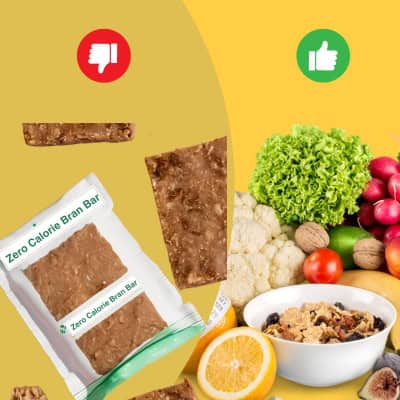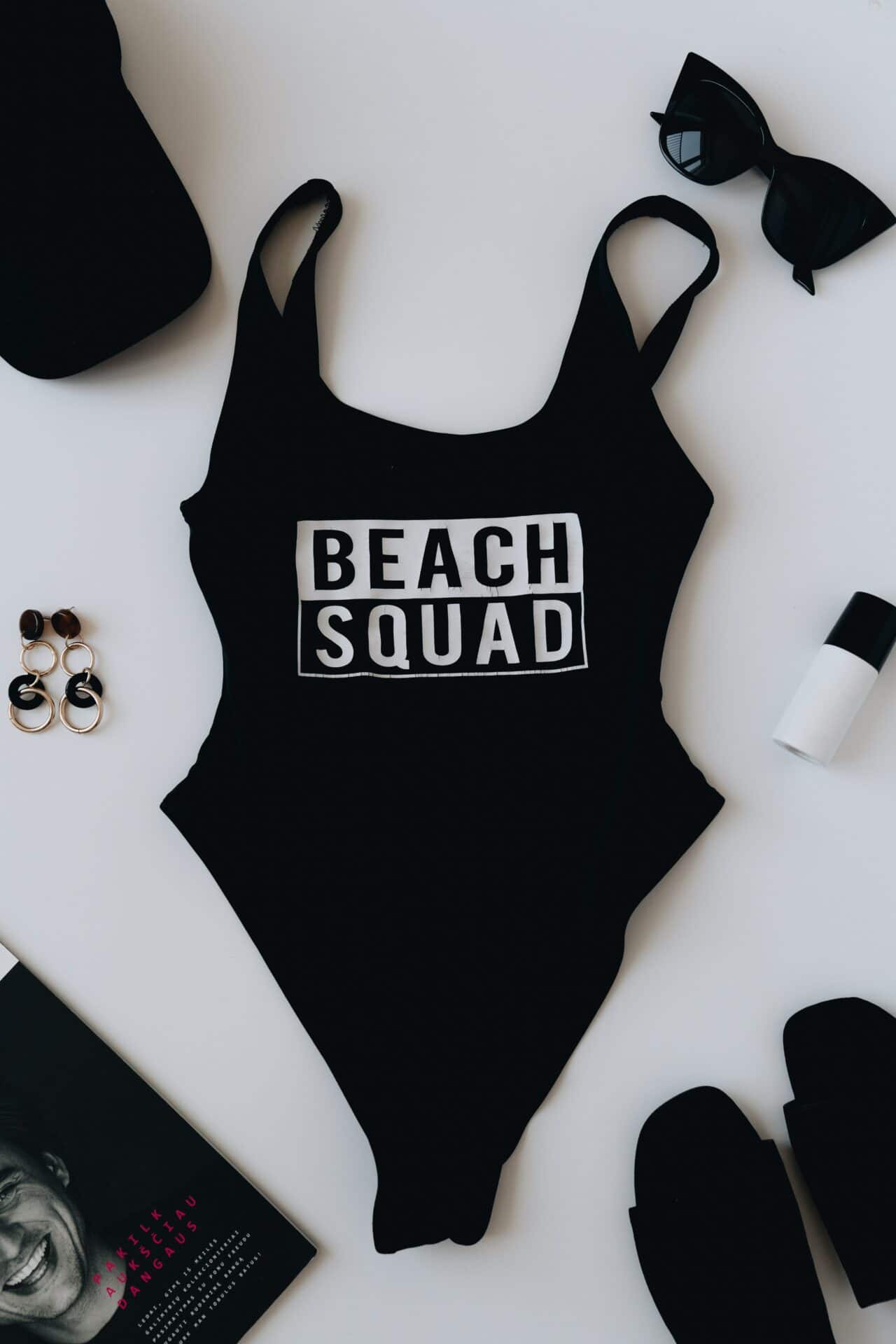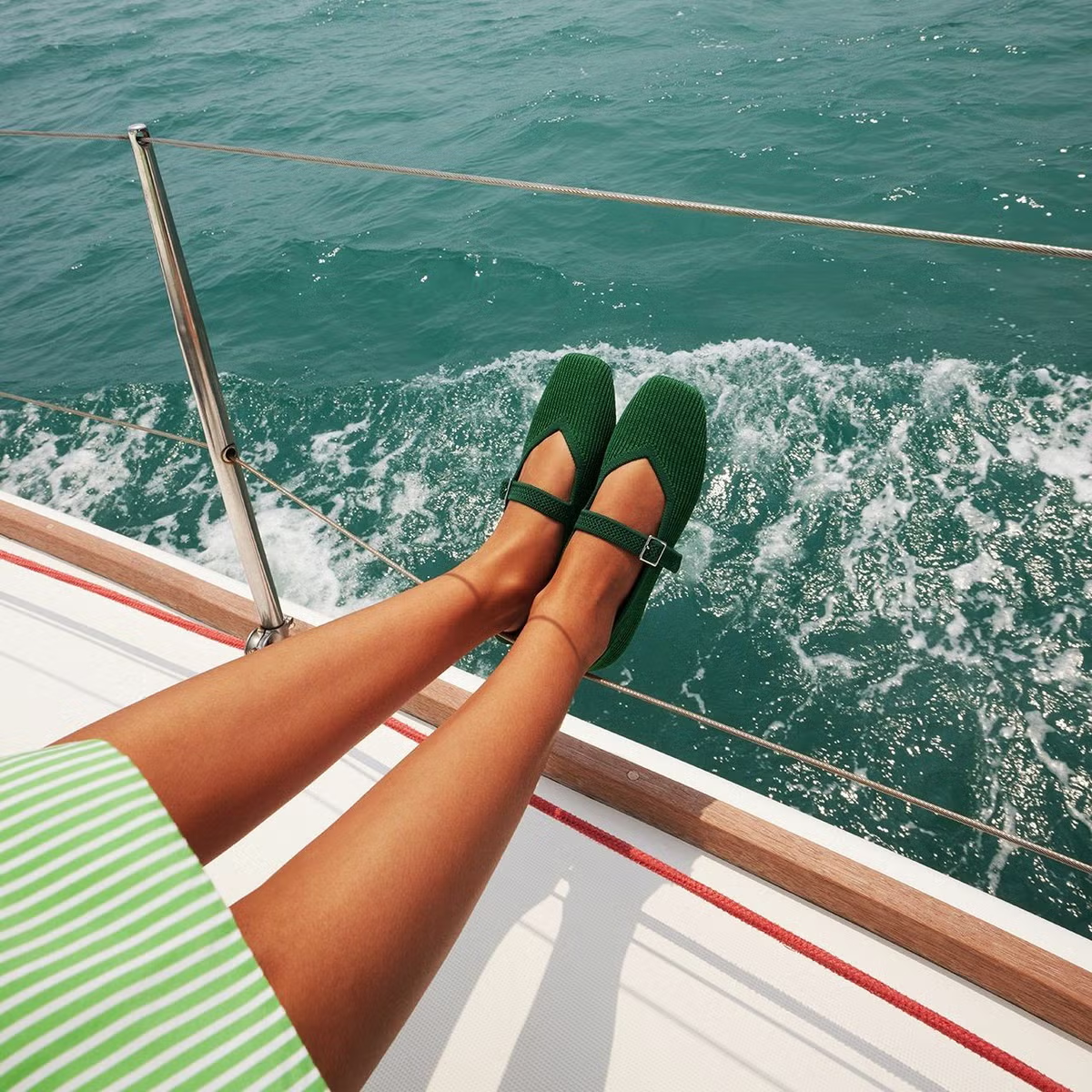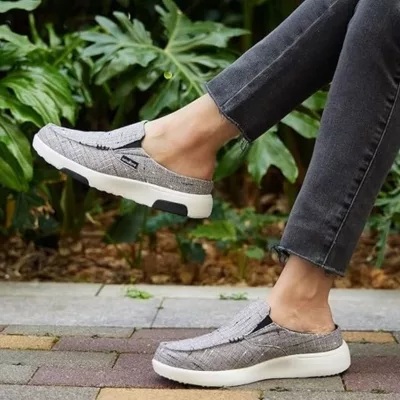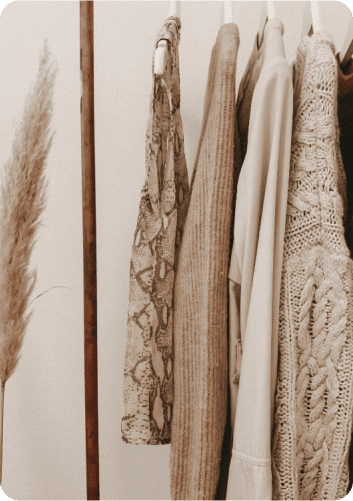The horrors of factory farming, health issues facing workers, and the high carbon footprint of the leather industry beg the question: is it all worth a pair of shoes? If buying leather just doesn’t sit right with you, there are plenty of amazing, eco-friendly leather alternatives out there.
There’s no denying that leather is a classic, durable material. For thousands of years, humans have benefited from animal hide as a by-product of hunting, using it for clothing, shelter, and tools. However, leather continues to be a questionable investment for animal lovers and eco-enthusiasts alike.
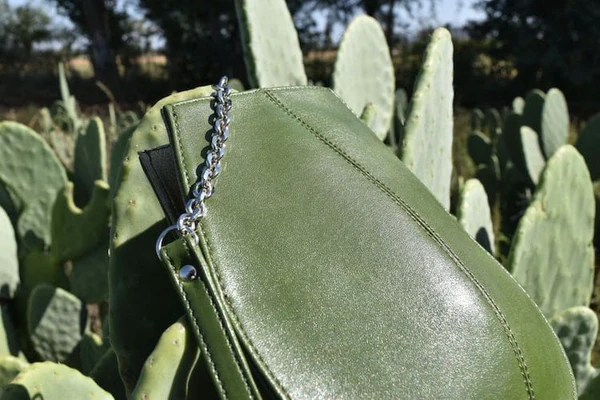
Globally, innovators are producing beautiful vegan alternatives that are just as durable as leather without costing the earth. From boots made of pineapples to recycled hose-pipe belts, check out these exciting faux leather alternatives that are giving the leather industry a run for its money.
In this article we will tell you about the best eco-friendly leather alternatives and how they are the next big trends on the sustainable fashion runway. There are many positive aspects that make these materials matter for the planet.
What are Eco-Friendly Leather Alternatives?
Eco-friendly leather refers to leather that is produced using sustainable and environmentally friendly methods.
Unlike traditional leather production, which often involves harsh chemicals, heavy water usage, and high carbon emissions, eco-friendly leather is made using processes that minimize the impact on the environment.
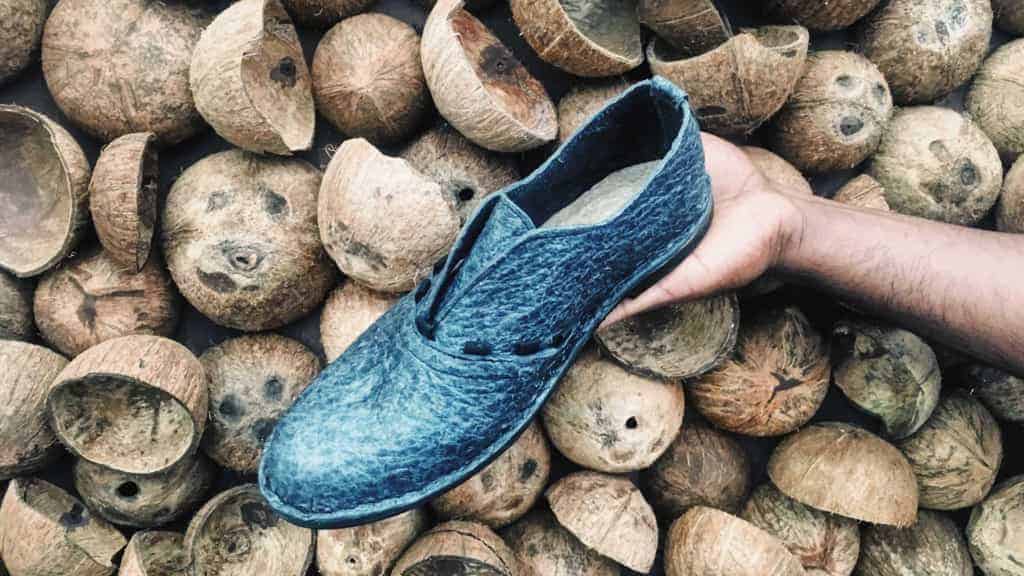
This can include the use of natural materials, such as plant-based or recycled fibers, and innovative technologies that reduce waste and pollution. Eco-friendly leather can also include leather alternatives, such as plant-based or synthetic materials that mimic the look and feel of traditional leather without the environmental impact.
Overall, eco-friendly leather aims to provide a more sustainable and ethical alternative to traditional leather production.
What is Faux Leather Made of?
Eco-friendly leather can be made of various materials, depending on the production process used. Some common materials used to make eco-friendly leather include:
- Plant-based materials– Leather can be made from plant-based materials such as pineapple, apple, and mushroom fibers. We often refer these materials to as “vegan leather” or “plant leather” and are a popular alternative to traditional leather.
- Recycled materials: Some companies are using recycled materials to make eco-friendly leather. This can include recycled plastic bottles, rubber, and even old leather scraps.
- Chrome-free leather: Chrome tanning is a common process used to tan traditional leather, but it’s harmful to the environment because of the chemicals involved. Chrome-free leather is tanned using natural materials such as vegetable tannins, which are less harmful to the environment.
- Upcycled leather: Some companies are repurposing old leather products, such as jackets and furniture, to create new eco-friendly leather products. This process can help reduce waste and the environmental impact of leather production.
Why Should I Choose Vegan Leather?

There are several reasons why you might consider choosing vegan leather over traditional leather:
- Sustainability: Traditional leather production has a heavy impact on the environment, with high water usage, pollution, and carbon emissions. In contrast, many vegan leather options are made using sustainable and eco-friendly materials, such as recycled fibers or plant-based materials. Choosing vegan leather can help reduce your environmental footprint.
- Animal welfare: The traditional leather industry involves the use of animal hides, so animals are raised and killed for their skin. In contrast, vegan leather does not involve the use of animal products, which can help reduce animal suffering.
- Versatility: Vegan leather can be made to mimic the look and feel of traditional leather, but it can also be made in a variety of colors, textures, and finishes. This means that you can find vegan leather products that suit your style and needs.
- Durability: Many vegan leather options are highly durable and can last a long time, just like traditional leather. This means that you can get the look and feel of leather without contributing to the environmental and animal welfare issues associated with traditional leather production.
When it comes to the environmental impact of leather, there are several concerns to consider.
First, traditional leather production involves the use of many harsh chemicals, such as chromium and formaldehyde, which can be harmful to workers and the environment. Raising and slaughtering animals for their hides can have significant animal welfare concerns.
The leather industry is a significant contributor to deforestation and greenhouse gas emissions. The cattle industry, which is closely tied to the leather industry, is a major driver of deforestation in many parts of the world. The production and transportation of leather products can generate significant carbon emissions, contributing to climate change.
Choosing vegan leather is a great way to reduce the environmental and animal welfare impact of the leather industry. By selecting eco-friendly and sustainable materials, we can help in creating a more eco-forward fashion industry.
7 Best Eco-Friendly Leather Alternatives
Vegan leather is actually running the show from the runway and beyond. Several fashion designers are opting out of traditional leather designs and apparel as people continue to endorse cruelty-free fashion.
Cruella de Vil might be one of the most daring fashion icons in fiction, but the sadistic prospect of skinning innocent animals for their fur is creepy and unethical.
And why should we have to trouble animals to escape a fashion faux pas? This is why you should have a look at these 7 new and innovative leather alternatives that are walking the talk when it comes to embracing sustainable and cruelty-free fashion!
Piñatex
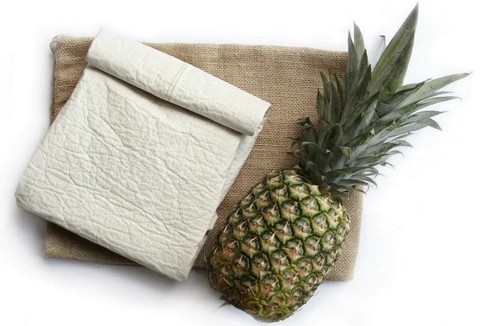
Piñatex is a natural, sustainable, and cruelty-free alternative to leather made from pineapple leaves.
The production of Piñatex involves extracting fibers from pineapple leaves, which are then processed into a non-woven fabric that is used as a base for the material. The fabric is then coated with a natural resin to create a leather-like texture. Piñatex is biodegradable and compostable.
The production process for Piñatex involves extracting the fibers from the pineapple leaves and then processing them into a non-woven fabric. This fabric can then be treated to create different textures and finishes, giving it the look and feel of traditional leather.
The material is highly versatile and can make a range of products, including bags, shoes, and clothing.
One of the main benefits of Piñatex is its sustainability. The material uses a waste product from the pineapple industry, reducing waste and creating a circular economy. Compared to traditional leather, it has a smaller water and carbon footprint.
Piñatex has been adopted by a range of fashion brands and designers and has received widespread recognition for its sustainability and innovation. The material has been used by brands such as Hugo Boss, H&M, and Paul Smith, and has won several awards for sustainable design.
Mycelium
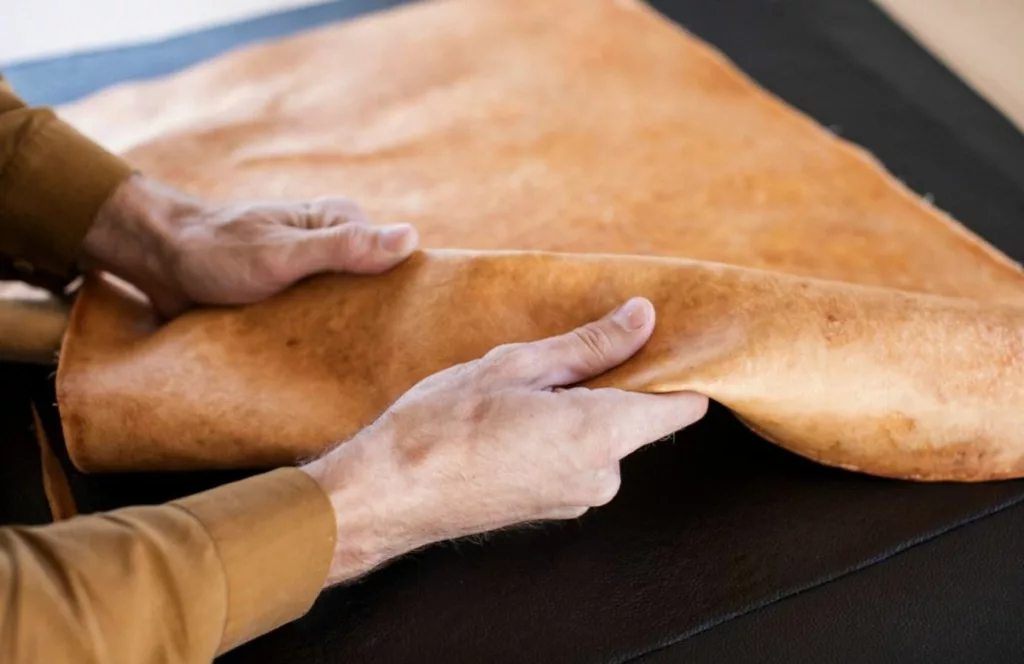
Mycelium is a leather alternative made from the roots of mushrooms. The mycelium is grown in controlled conditions and can be shaped into various sizes and shapes. Once harvested, the material is tanned and dyed to create a leather-like texture. Mycelium is biodegradable and compostable.
Creating mycelium leather involves growing the mycelium in a controlled environment, using a substrate made from agricultural waste such as corn stalks or sawdust. The mycelium grows around the substrate, creating a dense, fibrous material that can be harvested and processed into a leather-like material.
One of the main benefits of mycelium leather is its sustainability. The material is grown using sustainable and renewable materials, and the production process generates very little waste. Mycelium leather is biodegradable, making it a more sustainable alternative to synthetic leather options.
Mycelium leather has been adopted by a range of fashion brands and designers and has received widespread recognition for its sustainability and innovation. It has been used to make products such as bags, shoes, and even furniture.
Apple Leather

Apple leather is a leather alternative made from apple skins and cores. The production process involves turning the apple waste into a pulp, which is then spread out and dried into sheets. The sheets are then treated with a natural binder to create a leather-like texture. Apple leather is biodegradable and compostable.
The production process for apple leather involves extracting the cellulose from the apple waste and processing it into a non-woven fabric. The fabric can then be treated with different finishes and dyes to give it the look and feel of traditional leather. The resulting material is highly durable and can make a range of products, including bags, shoes, and clothing.
Apple leather production reduces waste and employs fewer resources. The material is also biodegradable, making it a more sustainable alternative to synthetic leather options.
Apple leather has been adopted by a range of fashion brands and designers and has received widespread recognition for its sustainability and innovation. It has been used by brands such as Hugo Boss and has won several awards for sustainable design.
Cork Leather
Cork leather is made from the bark of cork trees, which is harvested without harming the tree. The bark is boiled, flattened, and then treated to create a leather-like texture. Cork leather is sustainable, renewable, and water-resistant.
One of the main benefits of cork leather is its sustainability. Cork oak trees are a renewable resource, and the harvesting process for cork does not harm the trees, which can continue to grow and produce cork for over 200 years. The production process for cork leather is low-impact and generates very little waste.
Cork leather is highly versatile and can make a range of products, including bags, wallets, shoes, and even furniture. It is also water-resistant and hypoallergenic, making it a popular choice for those with sensitive skin.
Cork leather has been adopted by a range of fashion brands and designers and has received widespread recognition for its sustainability and innovation. It has been used by brands such as Matt & Nat and has won several awards for sustainable design.
Recycled Rubber
Recycled rubber is one of the most common leather alternatives made from discarded rubber tires. The tires are cleaned, shredded, and then pressed into sheets. The sheets are then treated to create a leather-like texture. Recycled rubber is durable and can be made to look like leather.
One of the main benefits of recycled rubber is its sustainability. By repurposing discarded rubber products, recycled rubber helps to reduce waste and minimize the environmental impact of rubber production. The production process for recycled rubber uses less energy and generates fewer greenhouse gas emissions than traditional rubber production.
Recycled rubber is highly durable and resistant to wear and tear, making it a popular choice for a range of applications. It is also slip-resistant and water-resistant, making it an ideal choice for flooring and outdoor surfaces.
A range of industries have adopted recycled rubber, from construction to fashion. It has been used by brands such as Converse and Adidas to create eco-friendly and sustainable shoes and has also been used by designers to create fashion accessories such as bags and jewelry.
Recycled Plastic
Recycled plastic is a leather alternative made from recycled plastic bottles. The bottles are cleaned, shredded, and then melted down to create a material that can be treated to create a leather-like texture. Recycled plastic is water-resistant and durable.
One of the main benefits of recycled plastic is its sustainability. By repurposing plastic waste, recycled plastic helps to reduce the amount of plastic ending up in landfills and oceans, and minimizes the need for virgin plastic production, which requires significant amounts of fossil fuels and energy.
Recycled plastic can create a range of products, including packaging, furniture, and even clothing. It can be processed to create a variety of textures and finishes and can be made in different colors and shapes. It is also durable and long-lasting, making it a great choice for products that require strength and resilience.
Recycled plastic has been adopted by a range of industries and designers, and has been used by brands such as Adidas and Patagonia to create sustainable and eco-friendly products. It has also been used to create innovative materials such as ocean plastic, which is made from plastic waste collected from the ocean.
Mushroom Leather
Mushroom leather is a leather alternative made from the caps of mushrooms and is different from mycelium. The caps are cleaned, processed, and then treated to create a material that can be shaped and dyed. Mushroom leather is biodegradable and compostable.
One of the main benefits of mushroom leather is its sustainability. Mushroom leather goes through a low-impact production process and generates very little waste. It requires fewer resources than traditional leather production and does not involve the use of harmful chemicals.
Mushroom leather is highly versatile and can make a range of products, including bags, shoes, and even furniture. It is also water-resistant and breathable, making it a popular choice for those seeking a more sustainable and eco-friendly alternative to traditional leather.
Mushroom leather has been adopted by a range of fashion brands and designers, and has received widespread recognition for its sustainability and innovation. It has been used by brands such as Stella McCartney and Hermès and has won several awards for sustainable design.
Coconut Leather
Coconut leather is a leather alternative made from coconut water and cellulose fibers. The production process involves extracting the fibers from the coconut husk and then processing them into a material that can be shaped and treated to create a leather-like texture. Coconut leather is sustainable and biodegradable.
The production process for coconut leather is low-impact and requires fewer resources than traditional leather production. Coconut husks are a waste product of the coconut industry, and using them to create a new material helps to reduce waste and promote a circular economy.
Coconut leather is highly versatile and can make a range of products, including shoes, bags, and even furniture. It is lightweight, breathable, and water-resistant, making it a popular choice for those seeking a more sustainable and eco-friendly alternative to traditional leather.
Coconut leather has been adopted by a range of brands and designers and has received recognition for its sustainability and innovation. It has been used by brands such as Malai and Solgaard and has been featured in sustainable fashion collections and exhibits.
Top 5 Brands Using Leather Alternatives
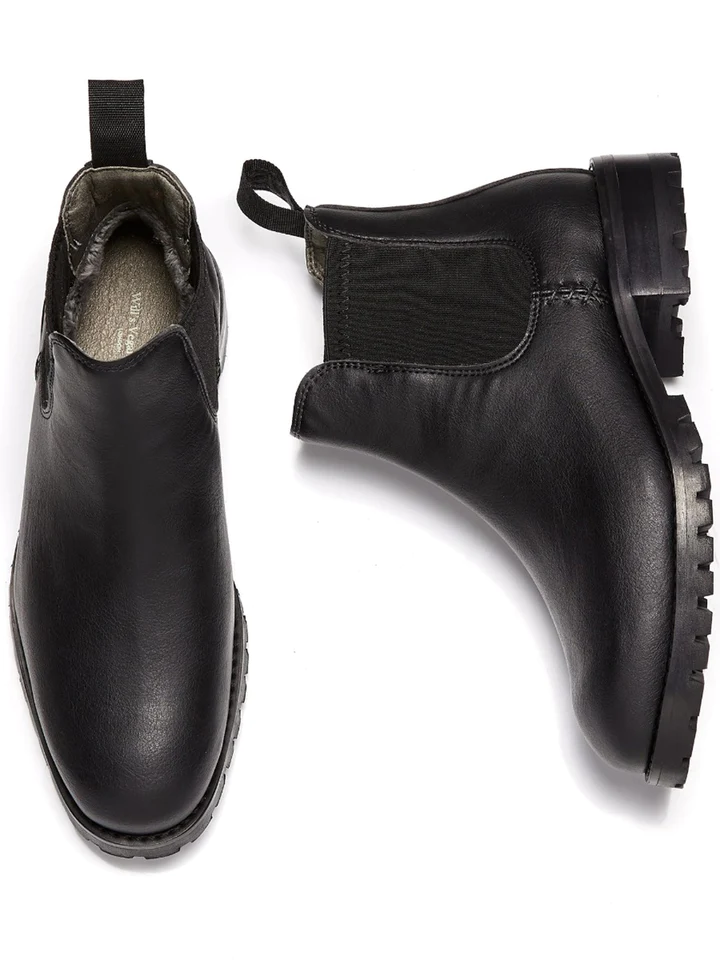
They use bio-based leather made from bio-oil sourced from organic cereal crops. This material is environmentally friendly, durable, and has a similar texture to traditional leather, making it ideal for a wide range of vegan footwear and accessories.
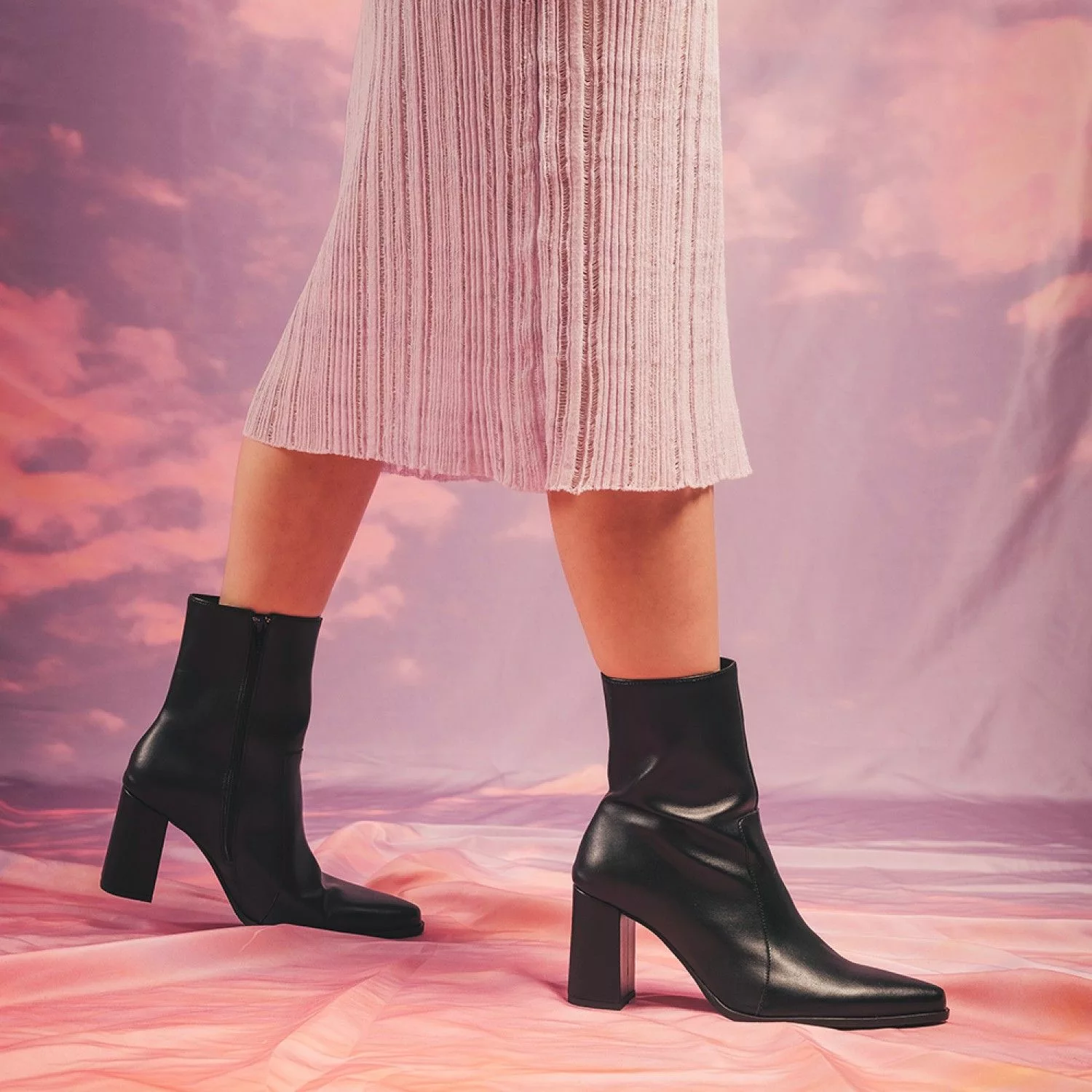
Nae utilizes innovative materials like cork, pineapple leaf material (Piñatex), and recycled PET (plastic bottles) to create their vegan shoes. These materials are sustainable, ethical, and provide a variety of textures and finishes that mimic traditional leather.
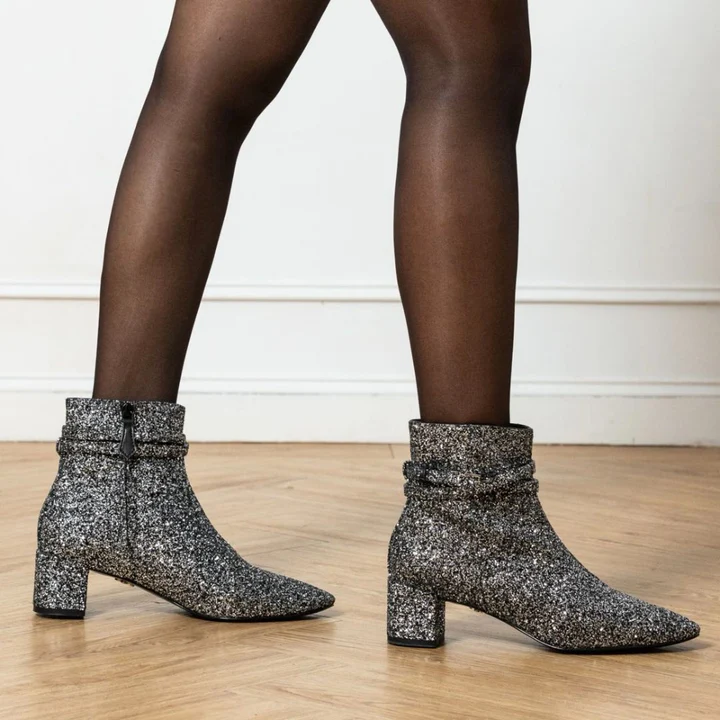
VEERAH uses a unique apple leather, made from apple peels that are a byproduct of the apple industry. This sustainable material is transformed into a durable and stylish leather alternative, used in crafting their luxury vegan shoes.

While primarily focused on upcycling decommissioned fire hoses for their products, Elvis & Kresse also incorporate other reclaimed materials such as leather offcuts and parachute silk. Their approach is about repurposing existing materials rather than creating new vegan leather from scratch.
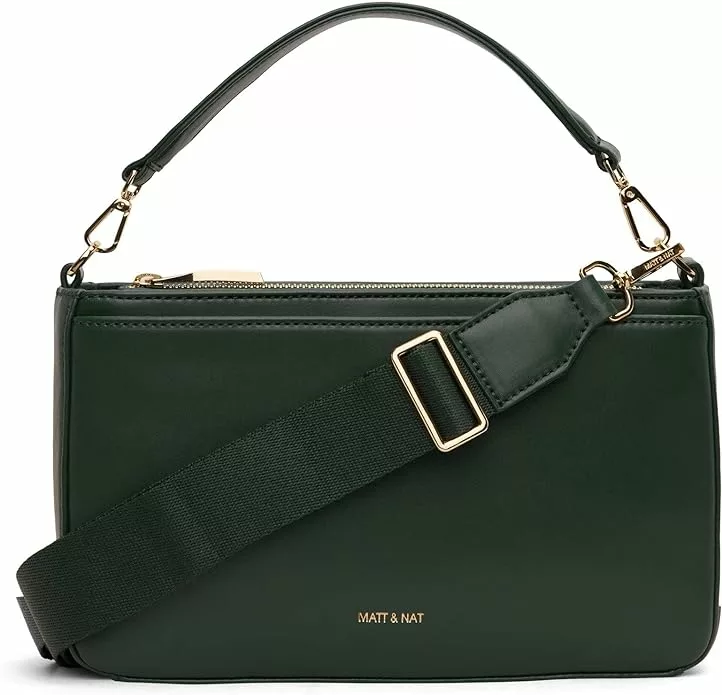
It is a brand renowned for its commitment to not using any animal-based materials in their products. They are a leader in the use of alternative leathers, primarily utilizing various forms of vegan leather made from materials like PVC and PU (polyurethane). These materials are chosen for their durability, aesthetic appeal, and ability to mimic the texture and feel of traditional leather. Matt & Nat’s range includes a wide variety of bags, wallets, and accessories, all designed with a focus on sustainable and ethical fashion practices.
FAQs
Is vegan leather cheaper than real leather?
The cost of vegan leather versus real leather can vary depending on several factors, including the quality and type of material used, the production process, and the brand or retailer selling the product. However, vegan leather is often less expensive than real leather.
Is vegan leather toxic?
Vegan leather can be made from a variety of materials, some of which may be toxic, while others are not. It depends on the specific type of vegan leather and the production process used to make it.
What fabric is faux leather made from?
Faux leather, also known as vegan leather, is a synthetic leather alternative that looks and feels like real leather. Faux leather can be made from a variety of materials, including polyurethane (PU), polyvinyl chloride (PVC), and microfiber.
PU leather is the most commonly used material for faux leather, as it is durable, flexible, and can be made to look very similar to real leather.
The Ecowiser Take on Faux Leather
Choosing vegan leather can be a sustainable and ethical alternative to traditional leather. Faux leather is made from a variety of materials, including synthetic materials like polyurethane and polyvinyl chloride, as well as natural materials like cork and mushrooms.
It offers several benefits, including a lower environmental impact compared to traditional leather, as well as the avoidance of animal cruelty in the leather industry. Faux leather is often less expensive than real leather and can be made to look and feel like the real thing. Wishing you the very best on your journey to eco-friendly alternatives!







